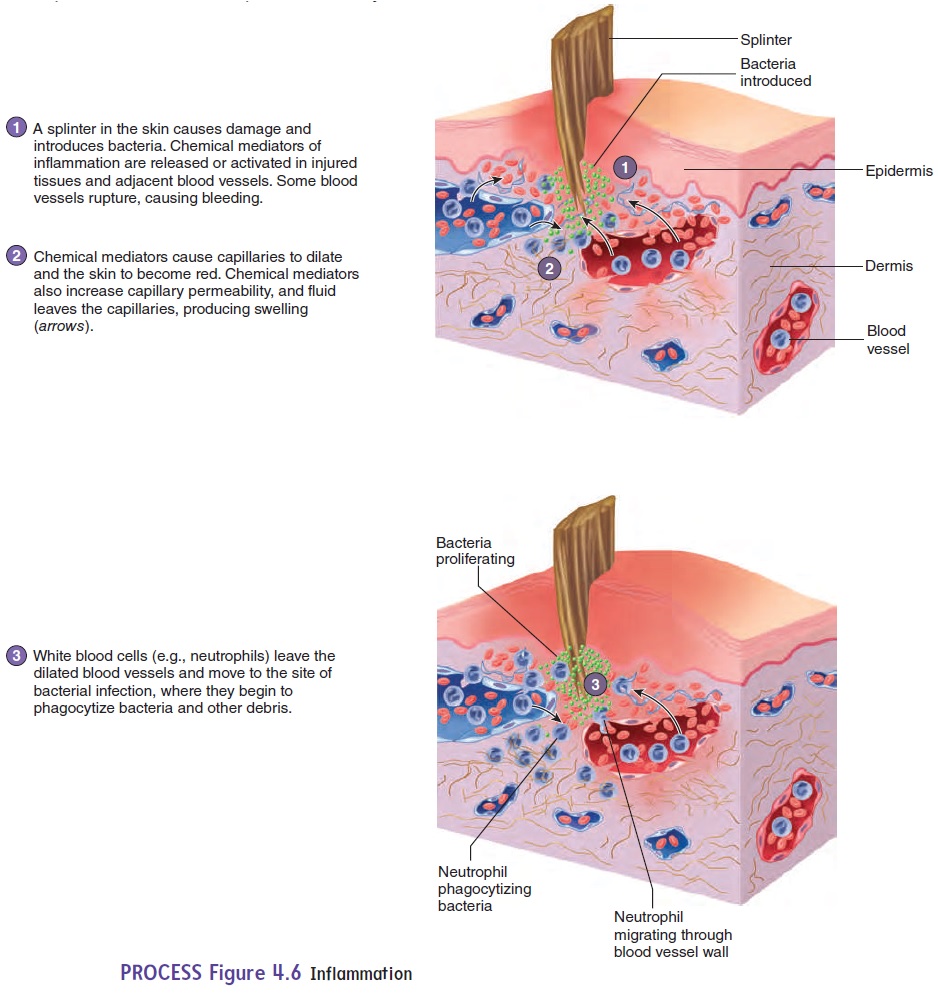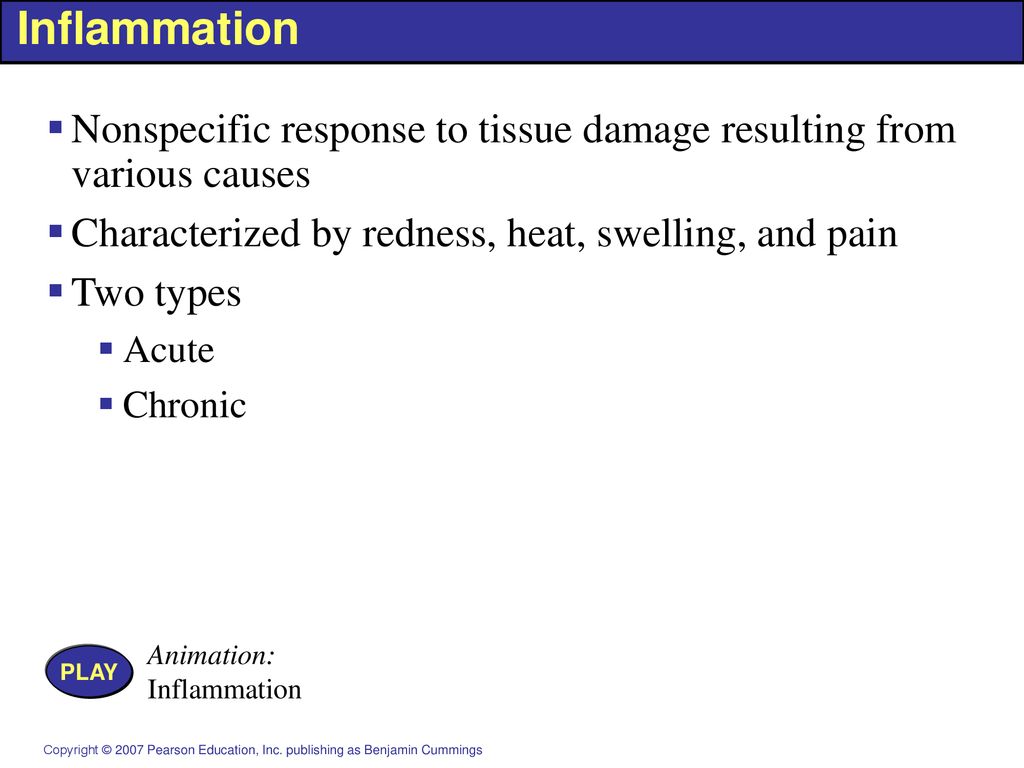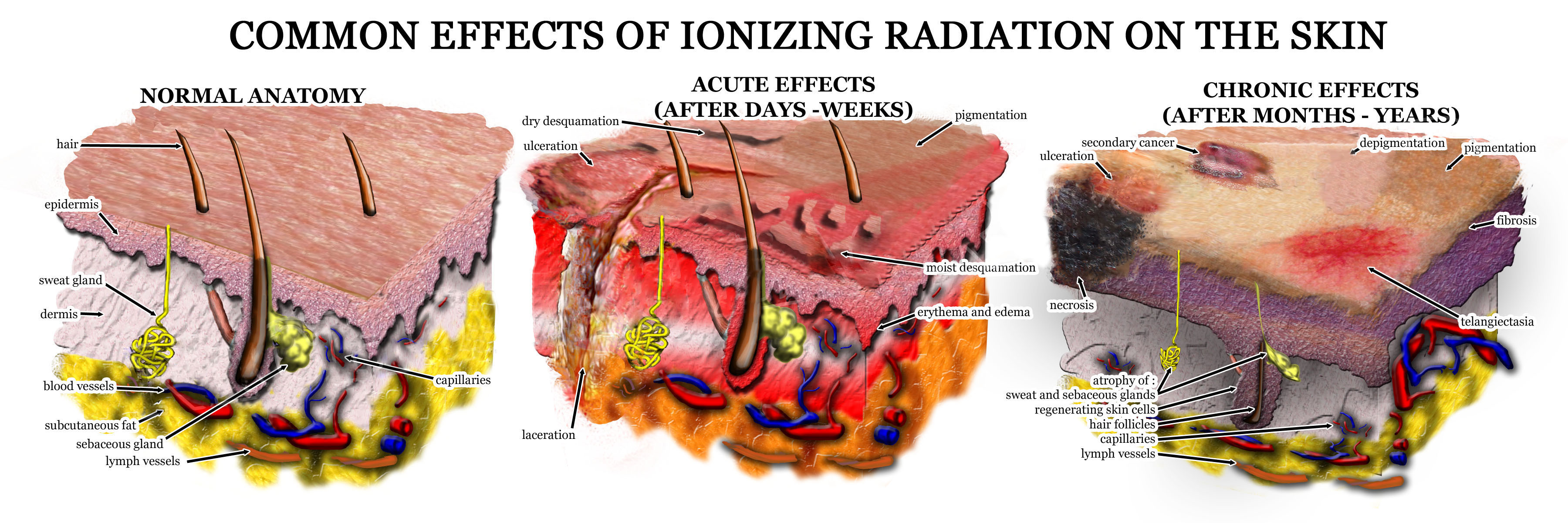Chemicals That Affect Various Tissues Causing Redness

Crimson tides of inflammation are washing over skin and tissues worldwide, not from rising sea levels, but from an insidious, often invisible threat: chemicals that induce redness. From everyday cosmetics to industrial solvents, these substances are triggering widespread reactions, raising concerns among dermatologists, toxicologists, and public health officials.
The surge in reports of chemical-induced redness, medically termed erythema, has prompted investigations into the specific agents responsible, the mechanisms by which they operate, and the potential long-term health consequences. This article delves into the complex world of these redness-inducing chemicals, examining their sources, the science behind their effects, and the ongoing efforts to mitigate their impact. It also considers the implications for industry regulation and consumer awareness.
Ubiquitous Irritants: Sources of Erythema-Inducing Chemicals
The sources of these chemicals are surprisingly pervasive. Many are found in common household and personal care products.
Fragrances, preservatives (like parabens and formaldehyde-releasing agents), and certain dyes are frequent culprits, triggering allergic contact dermatitis or irritant contact dermatitis. Dr. Anya Sharma, a leading dermatologist at the National Institute of Environmental Health Sciences (NIEHS), explains, "We're seeing a growing number of patients presenting with unexplained rashes and redness, often traced back to seemingly innocuous ingredients in their daily routines."
Beyond the Bathroom: Industrial and Environmental Exposure
The problem extends beyond personal care, penetrating industrial and environmental realms. Workers in manufacturing, construction, and agriculture face exposure to a range of harsh chemicals that can induce significant erythema.
Solvents, epoxy resins, acids, and pesticides are known irritants, causing immediate and often severe skin reactions. Moreover, environmental contaminants, such as certain heavy metals and air pollutants, can contribute to widespread inflammation and redness, particularly in vulnerable populations.
Data from the Environmental Protection Agency (EPA) highlights specific geographic hotspots where elevated levels of certain pollutants correlate with higher rates of skin irritation complaints.
The Science of Redness: How Chemicals Trigger Inflammation
Understanding the mechanisms by which these chemicals induce redness is crucial for developing effective treatments and preventative measures. The process typically involves a cascade of cellular and molecular events.
Upon contact with the skin or other tissues, irritant chemicals can directly damage cells, releasing inflammatory mediators like histamine and prostaglandins. These mediators cause blood vessels to dilate, increasing blood flow to the affected area, resulting in the characteristic redness and warmth. Allergic reactions, on the other hand, involve the immune system.
Sensitizing chemicals trigger an immune response, leading to the production of antibodies and the activation of T cells. Subsequent exposure to the same chemical elicits a more rapid and intense inflammatory reaction, characterized by redness, swelling, itching, and potentially blistering.
"The skin is a highly complex organ, and its response to chemical exposure is equally complex," says Dr. Ben Carter, a toxicologist specializing in dermal toxicology. "Factors like individual sensitivity, concentration of the chemical, duration of exposure, and the overall health of the skin all play a role in determining the severity of the reaction."
Health Implications: Beyond the Surface
While erythema is often considered a localized skin reaction, the underlying inflammation can have broader health implications. Chronic inflammation, even if seemingly minor, has been linked to a range of systemic diseases.
Persistent exposure to irritant chemicals can disrupt the skin barrier, increasing susceptibility to infections and allergens. Furthermore, some chemicals can be absorbed into the bloodstream, potentially affecting other organs and systems.
Research published in the *Journal of Investigative Dermatology* suggests a possible link between long-term exposure to certain phthalates (commonly found in plastics and personal care products) and increased risk of allergic diseases. These findings underscore the importance of minimizing exposure to potentially harmful chemicals, even at low levels.
Addressing the Problem: Regulations, Alternatives, and Consumer Awareness
Combating the problem of chemical-induced redness requires a multi-faceted approach. Stronger regulations on the use of potentially irritating chemicals in consumer products and industrial settings are essential.
The European Union's Registration, Evaluation, Authorisation and Restriction of Chemicals (REACH) regulation serves as a model for comprehensive chemical management, requiring companies to identify and manage the risks associated with their products. Encouraging the development and adoption of safer alternatives is also crucial.
Researchers are actively exploring plant-based ingredients and innovative formulations that minimize the risk of irritation. Empowering consumers with knowledge is equally important.
Increased awareness of potential irritants, coupled with diligent label reading and the use of products with transparent ingredient lists, can help individuals make informed choices and protect themselves from unwanted reactions. Support from dermatologists and allergists is crucial for proper diagnosis and treatment.
Looking Ahead: A Continued Effort
The fight against chemical-induced redness is an ongoing endeavor. As new chemicals are developed and existing ones are used in new ways, continuous monitoring and research are necessary to identify potential risks and develop effective solutions.
Investment in safer alternatives, coupled with stricter regulations and increased consumer awareness, holds the key to reducing the burden of this widespread and often debilitating condition. The scientific community, industry, and regulatory agencies must work collaboratively to ensure that our pursuit of progress does not come at the expense of our health and well-being.
Ultimately, a proactive and preventative approach is the most effective way to stem the crimson tide of chemical-induced inflammation, safeguarding our skin and overall health for generations to come.




+Inflammation+•+a+tissue+response+to+injury+or+infection.jpg)







.jpg)





